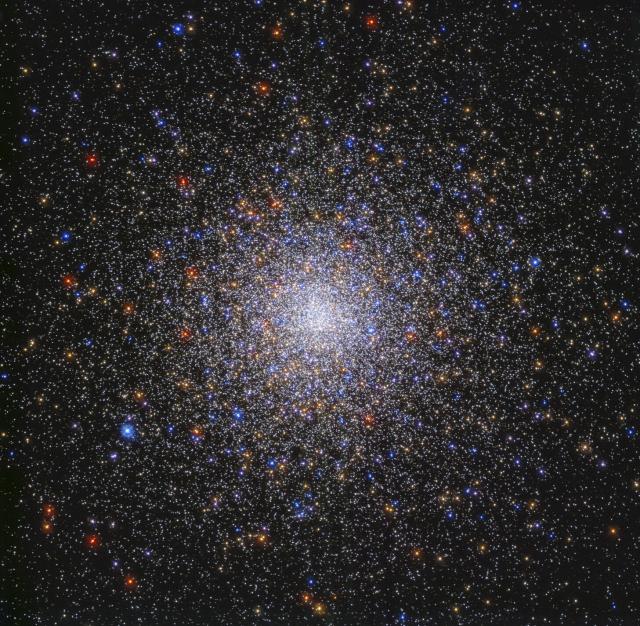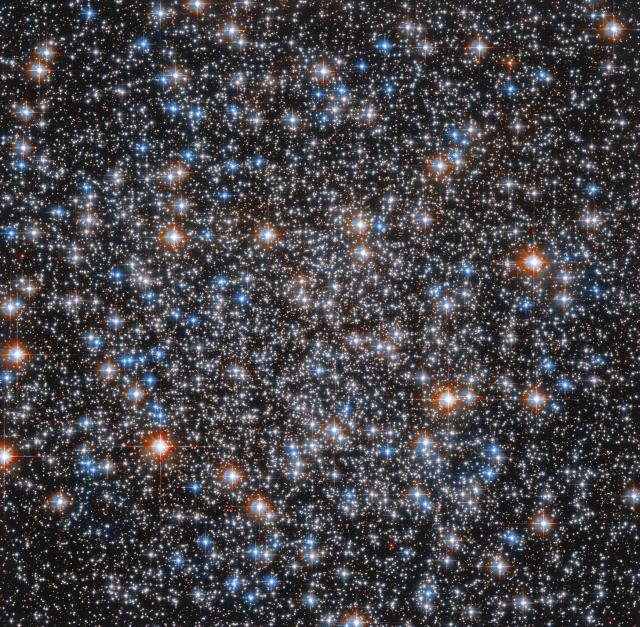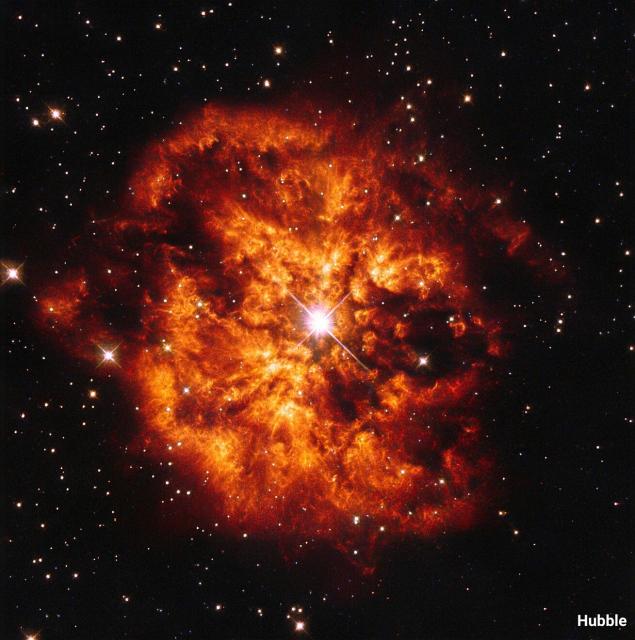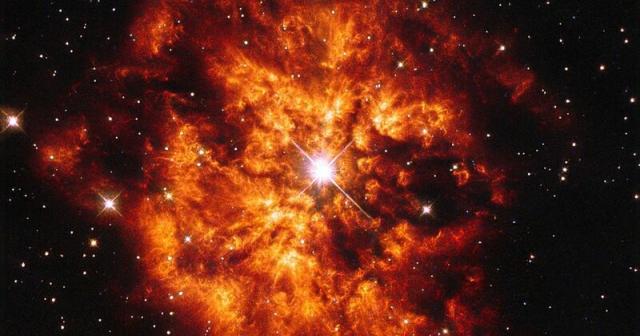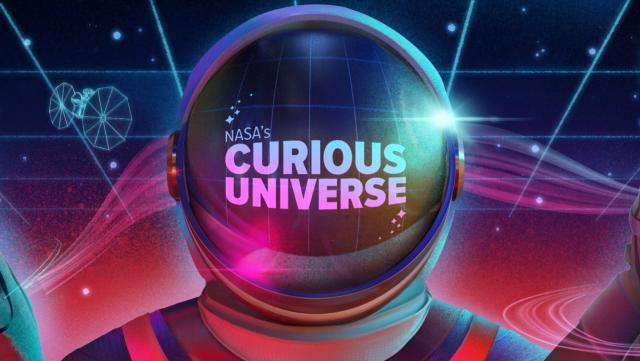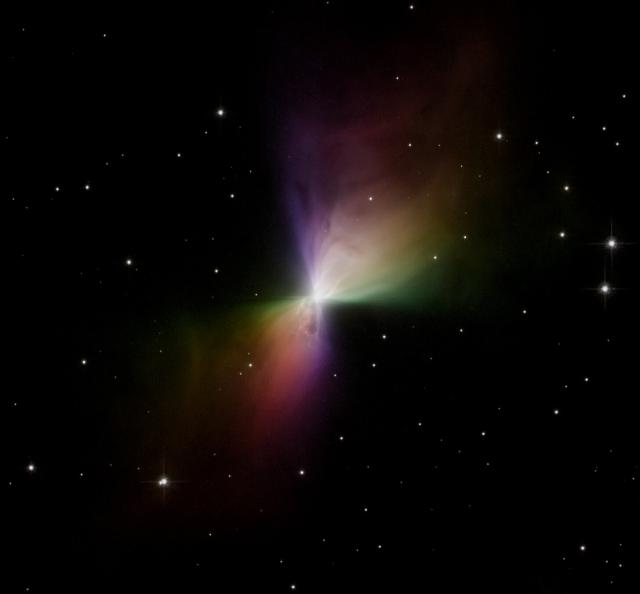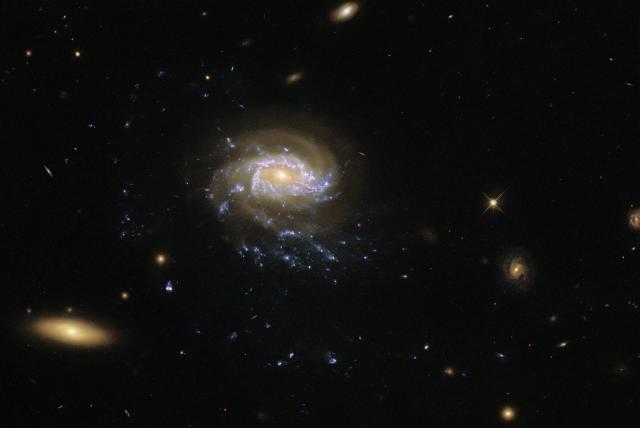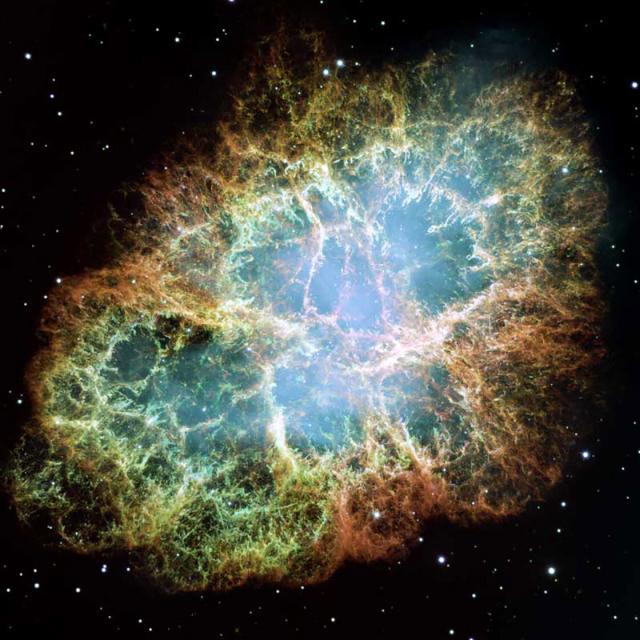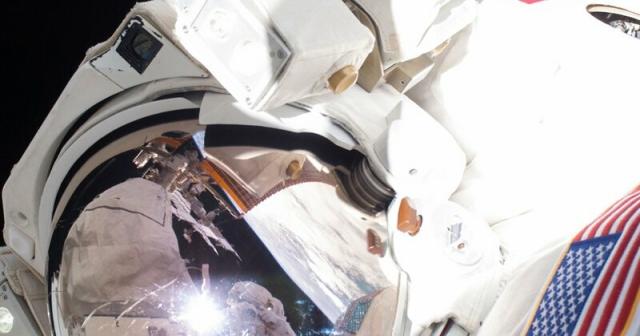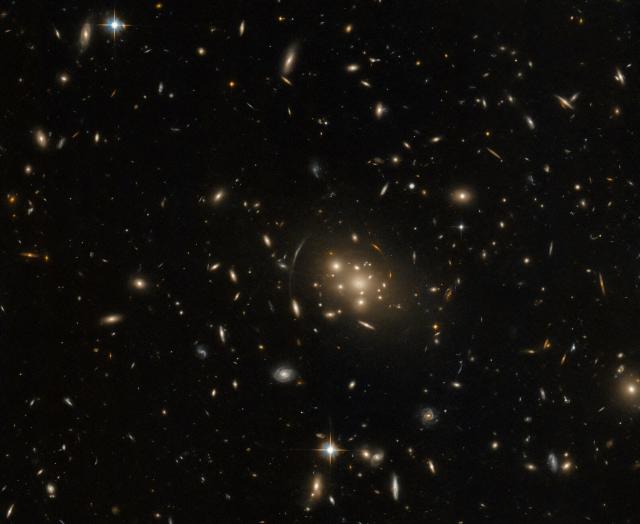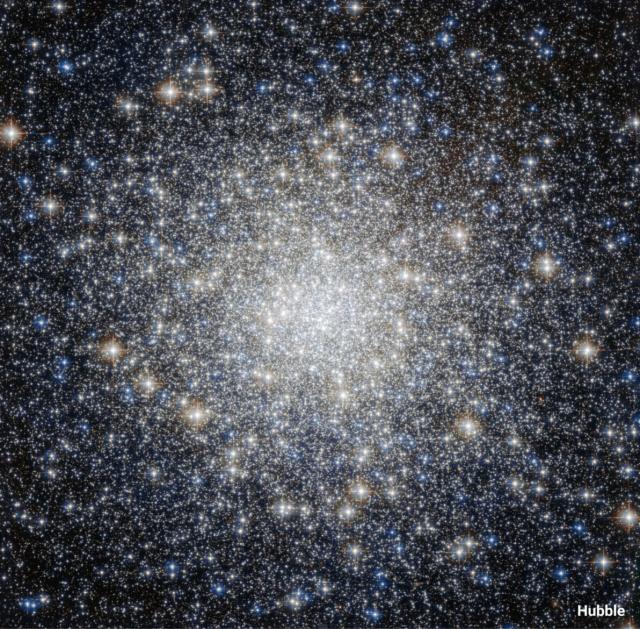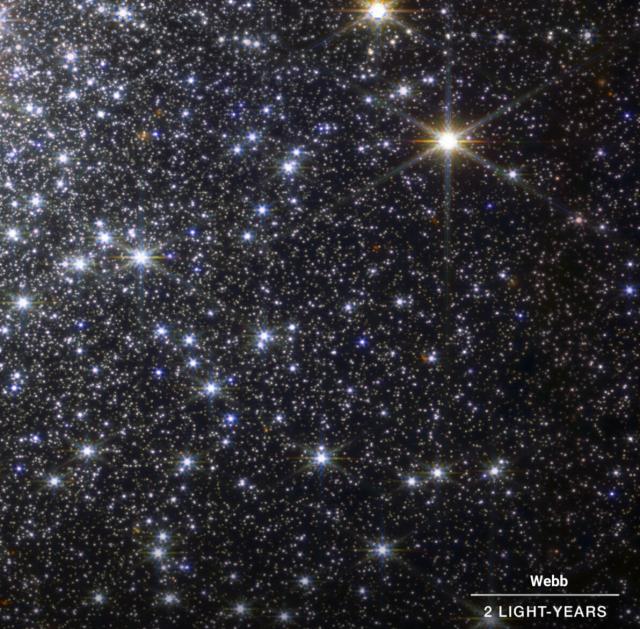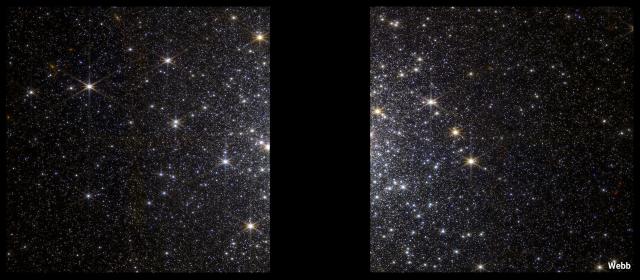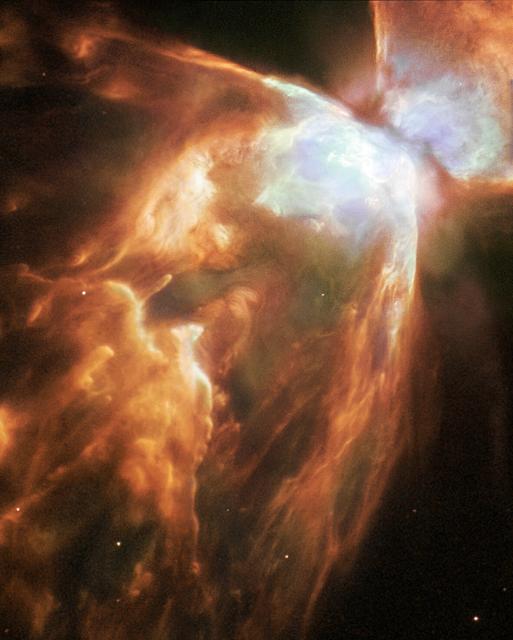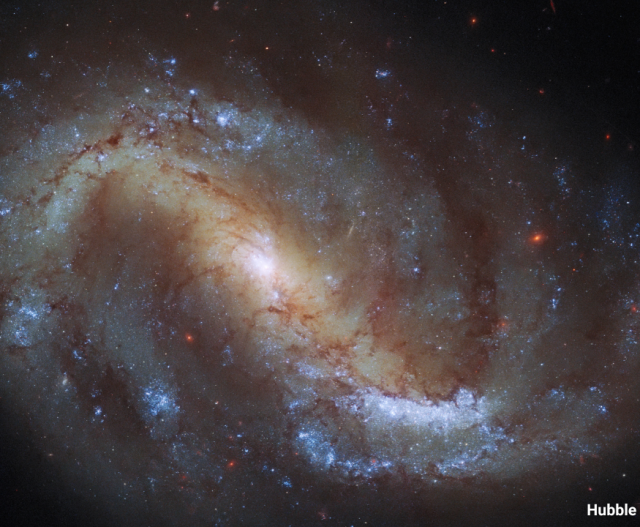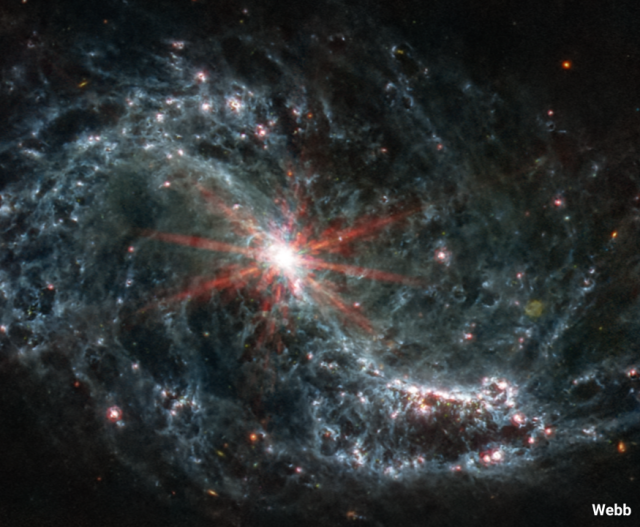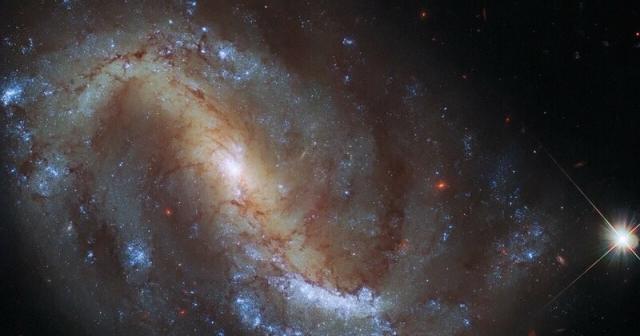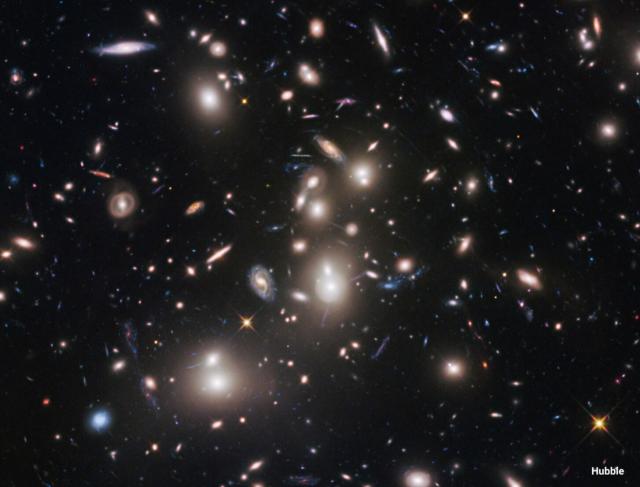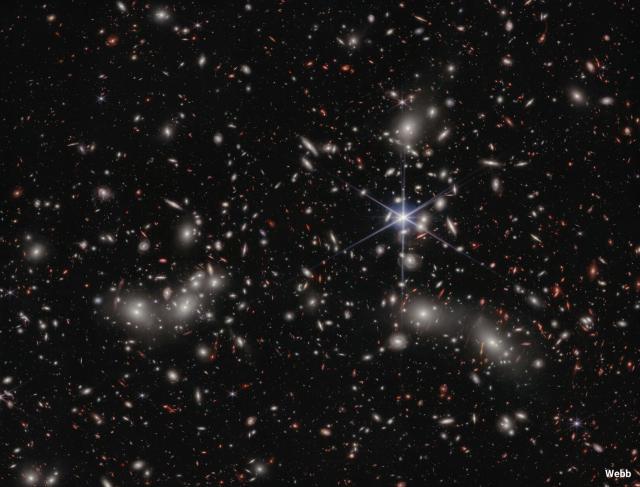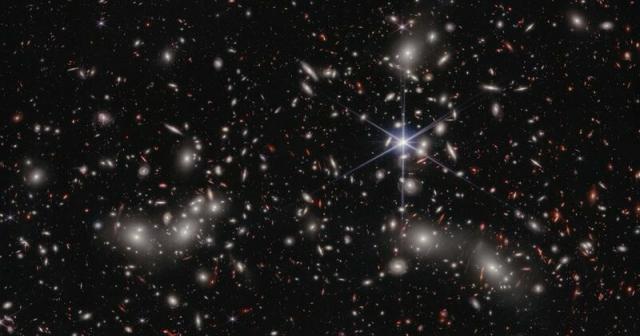Search
Items tagged with: hubble
Just in time for the 2023 #MessierMarathon, Hubble has a new view of M80 to share.
M80 is one of the densest globular clusters in the Milky Way. It's about 28,000 light-years away from Earth and contains hundreds of thousands of stars: go.nasa.gov/3JNPpp1
#Hubble
Messier 80
This stellar swarm is M80, one of the densest of the approximately 150 known globular clusters in the Milky Way galaxy.Rob Garner (NASA)
The Messier Catalog includes astronomical sights from the northern hemisphere. March is an ideal time to try and find them all for a Messier Marathon!
We’re sharing new Hubble images of Messier objects so you can “stargaze” from anywhere. go.nasa.gov/3lkzuVV
#Hubble
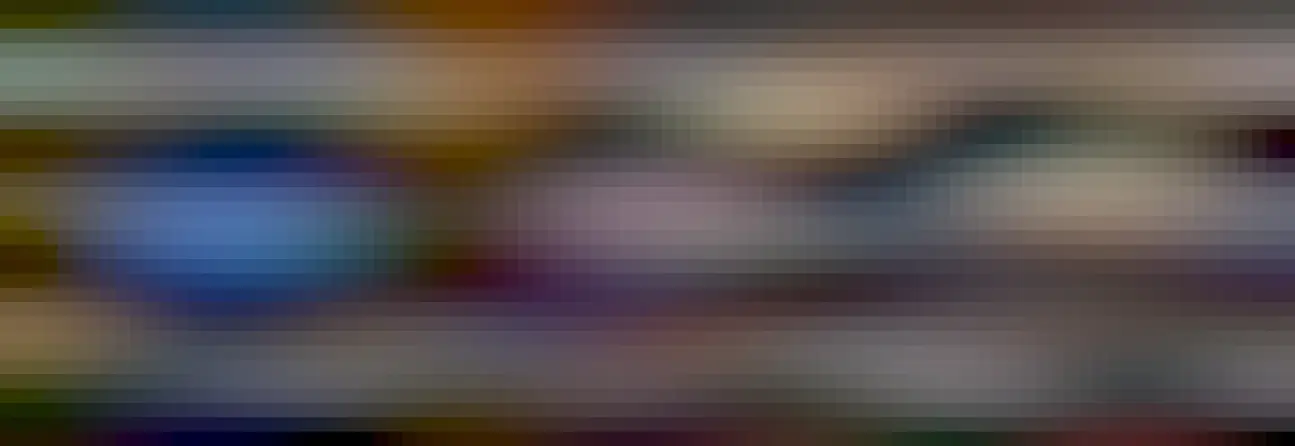
Explore - The Night Sky | Hubble’s Messier Catalog
NASA.gov brings you the latest images, videos and news from America's space agency. Get the latest updates on NASA missions, watch NASA TV live, and learn about our quest to reveal the unknown and benefit all humankind.NASA
Over the next few days, we'll unveil new Hubble images of Messier objects so you can "stargaze" right from your screen!
In the meantime, you can explore the rest of Hubble's Messier Catalog on our website. go.nasa.gov/3Lrcdw6
#Hubble

Explore - The Night Sky | Hubble’s Messier Catalog
NASA.gov brings you the latest images, videos and news from America's space agency. Get the latest updates on NASA missions, watch NASA TV live, and learn about our quest to reveal the unknown and benefit all humankind.NASA
This newly released Hubble image shows M55 – a loosely concentrated globular star cluster about 20,000 light-years away.
Only a portion of M55 is seen here, but the whole cluster stretches about 100 light-years in diameter! Read more: go.nasa.gov/3LvT63O
#Hubble
The hazy patch of stars on the right side of this image is actually a whole galaxy!
Seen in this #HubbleFriday view, the dwarf galaxy UGCA 307 resides about 26 million-light years away. The red bubbles of gas mark regions of recent star formation: go.nasa.gov/3z4ILop
#Hubble
Hubble Sees a Diminutive Dwarf Galaxy
UGCA 307 hangs against an irregular backdrop of distant galaxies in this image from the NASA/ESA Hubble Space Telescope.Andrea Gianopoulos (NASA)
Take a dive into the Crab Nebula! 🦀
This fascinating cosmic object is the “leftovers” of a star’s supernova explosion. Learn more: go.nasa.gov/3YRRAMw
#Hubble
Messier 1 (The Crab Nebula)
This large mosaic of the Crab Nebula, also known as M1, was assembled from 24 individual exposures captured by Hubble over three months.Rob Garner (NASA)
No matter where you are, you can explore Hubble’s views of Messier objects anytime. Plus, we’ll be sharing new images from the Messier catalog starting tomorrow.
Check out Hubble’s Messier collection here ⬇️ go.nasa.gov/3lmmKOv
#Hubble
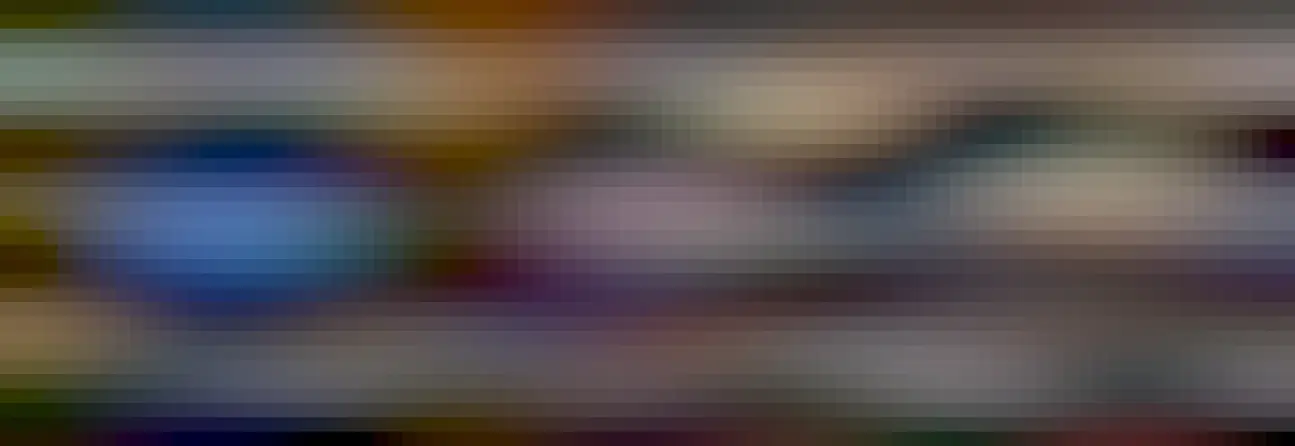
Explore - The Night Sky | Hubble’s Messier Catalog
NASA.gov brings you the latest images, videos and news from America's space agency. Get the latest updates on NASA missions, watch NASA TV live, and learn about our quest to reveal the unknown and benefit all humankind.NASA
Cosmic blooms! 🌸
These flower-like images from Hubble and @NASAWebb show the dying star Wolf-Rayet 124 as it casts off outer layers of material.
Wolf-Rayet stars are among the most luminous, massive, and briefly detectable stars known.
#Hubble
Hubble's view features observations taken in the visible light spectrum, which is what our human eyes can detect.
At a distance of 15,000 light-years, this star has the mass of 30 Suns... and has already shed 10 Suns' worth of material! go.nasa.gov/3Z4kZ6x
#Hubble
A Hubble Cosmic Couple
Here we see the spectacular cosmic pairing of the star Hen 2-427 — more commonly known as WR 124 — and the nebula M1-67 which surrounds it.NASA
Webb's new view shows the same object in infrared, which is ideal for studying cosmic dust – and WR 124 is producing a lot of dust!
With this new data, astronomers can explore questions of cosmic dust production in environments like WR 124. go.nasa.gov/3ZQqo1W
#Hubble
NASA’s Webb Telescope Captures Rarely Seen Prelude to Supernova
The rare sight of a Wolf-Rayet star – among the most luminous, most massive, and most briefly detectable stars known – was one of the first observations made by NASA’s James Webb Space Telescope in June 2022.Jamie Adkins (NASA)
Listen up and look up! 🔭
In this new episode of NASA’s Curious Universe, you’ll learn about stargazing and how telescopes like Hubble can help us understand our place in this enormous, beautiful universe.
Full episode here: go.nasa.gov/3mM7kmV
#Hubble
Curious Universe Season 5 Ep 4: “Stargazers Welcome”
The night sky isn’t just for experts, it belongs to all of us! And we here at NASA love to encourage people to go out and take a look.Gary Daines (NASA)
Plus, stay tuned for Hubble’s #MessierMarathon!
Starting on March 17, we’ll share new images of cosmic objects from the Messier catalog on our social media, so you can stargaze right from your screen.
Get ready by exploring our Messier images! go.nasa.gov/3LnKFI0
#Hubble
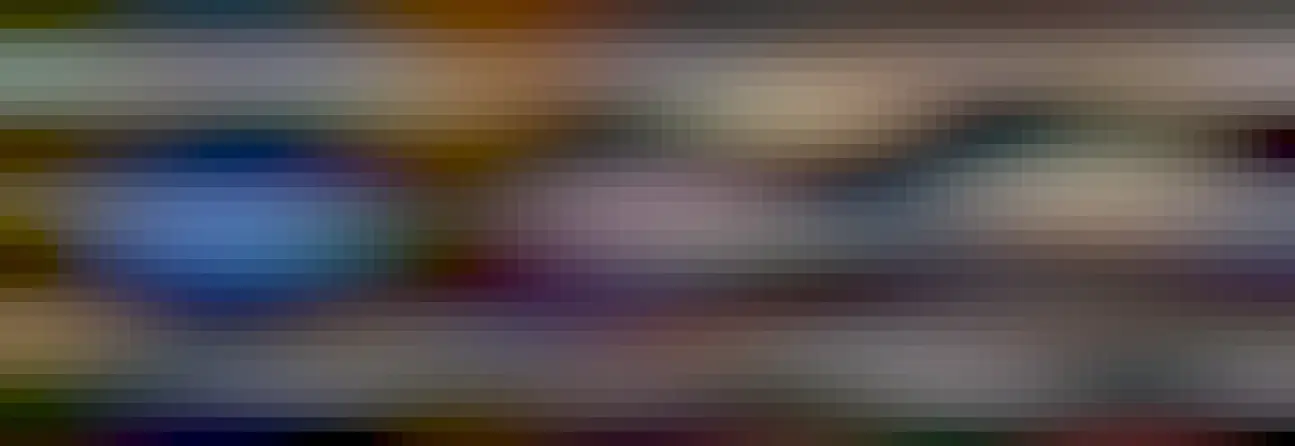
Explore - The Night Sky | Hubble’s Messier Catalog
NASA.gov brings you the latest images, videos and news from America's space agency. Get the latest updates on NASA missions, watch NASA TV live, and learn about our quest to reveal the unknown and benefit all humankind.NASA
What a catch!
This #HubbleClassic image from 2005 shows the Boomerang Nebula, made of two lobes of matter being ejected from one central star.
Learn more about this nebula: go.nasa.gov/3lcdMmS
#Hubble
Happy #HubbleFriday!
This week’s image shows the galaxy NGC 5486, located 110 million light-years away in the constellation Ursa Major.
Pink wisps of star formation are seen threaded through NGC 5486, standing out from the galaxy’s diffuse core: go.nasa.gov/3ZSGWpO
#Hubble
Hubble Spots a Star-Forming Spiral
The irregular spiral galaxy NGC 5486 hangs against a background of dim, distant galaxies in this image from the NASA/ESA Hubble Space Telescope.Andrea Gianopoulos (NASA)
A million-second exposure. 10,000 galaxies. One mind-blowing image.
The Hubble Ultra Deep Field image unveiled a powerful, deep view of our universe #OTD in 2004.
This image only covers the amount of sky you can see through an eight-foot-long soda straw: go.nasa.gov/3FaoVLC
#Hubble
On this #InternationalWomensDay, meet Colleen Townsley.
She manages Hubble's Integration and Test Team, completing on-the-ground tests of things like new flight software and procedural changes before they're sent up to the orbiting observatory.
Jupiter’s Great Red Spot, seen in this #HubbleClassic image from 1999, has captivated astronomers for centuries. The spot is a vast storm, spinning like a cyclone.
It’s the largest known storm in our solar system and almost twice the size of Earth: go.nasa.gov/3SWCK5W
#Hubble
Echo, echo…
Hubble captured a “light echo” from the star V838 Mon. A sequence of images shows how a pulse of light from this star illuminated its surrounding clouds of material!
Find out more about V838 Mon, including an image released #OTD in 2004: go.nasa.gov/3SNCyG4
#Hubble
#WorldWildlifeDay 🤝 #HubbleFriday
This image shows a "jellyfish" galaxy called JO201.
As jellyfish galaxies move through space, gas is slowly stripped away – forming trails that look like tendrils illuminated by clumps of star formation!
Read more: go.nasa.gov/3YkC9Mu
#Hubble
Hubble Peers at a Galactic Seascape
A “jellyfish galaxy” with trailing tentacles of stars hangs in inky blackness in this image from the NASA/ESA Hubble Space Telescope.Andrea Gianopoulos (NASA)
Back in the year 1006, humans recorded the arrival of light from a supernova explosion caused by the death of a star 7,000 light-years away!
In this #HubbleClassic view, some of the supernova's “leftovers” are seen as a red ribbon moving through space: go.nasa.gov/3IM5s5b
#Hubble
Happy #WomensHistoryMonth!
This March, we’re featuring some of the women who help Hubble make history with their contributions to the mission.
First up, meet Hubble engineer Madison Brodnax!
#Hubble
Happy #WomensHistoryMonth!
This March, we’re featuring some of the women who help Hubble make history with their contributions to the mission.
First up, meet Hubble engineer Madison Brodnax!
#Hubble
What do all these Hubble images have in common?
They show the aftermath of stars that died in a bright, powerful explosion known as a supernova.
In a supernova, a star’s contents fling out into space at speeds of up to 25,000 miles (15,000 to 40,000 km) per second!
#Hubble
These supernova remnants are made of material from the exploded star and any interstellar material it sweeps up in its path. Read more about supernova remnants and other types of nebulae: go.nasa.gov/3EILHKu
Check out @NASAUniverse for more supernova content all week!
#Hubble
Discoveries - Hubble’s Nebulae
NASA.gov brings you the latest images, videos and news from America's space agency. Get the latest updates on NASA missions, watch NASA TV live, and learn about our quest to reveal the unknown and benefit all humankind.NASA
Cosmic contortions!
This #HubbleFriday image includes a cluster near the center that appears to be "stretching" nearby galaxies.
The cluster is a gravitational lens, magnifying the light from background objects with its powerful gravitational field: go.nasa.gov/3m2fNSP
#Hubble
Hubble Observes Cosmic Contortions
A massive galaxy cluster in the constellation Cetus dominates the center of this image from the NASA/ESA Hubble Space Telescope.Andrea Gianopoulos (NASA)
Over on our Instagram Stories, she answered questions for #IntroduceAGirlToEngineeringDay!
Check it out: go.nasa.gov/3It06v9
#Hubble
Starstruck? 🌟
This Hubble image shows star cluster M92. About 27,000 light-years away, it’s one of the oldest globular clusters in our galaxy.
Globular clusters are roughly spherical groupings of stars held together by their gravitational attraction: go.nasa.gov/41l5Jo8
#Hubble
Messier 92
With an apparent magnitude of 6.3, M92 is one of the brightest globular clusters in the Milky Way and is visible to the naked eye under good observing conditions.Rob Garner (NASA)
#Hubble
If you're curious about the empty portion, the center of M92 is very bright, so Webb isn’t able to capture it at the same time as the fainter stars at the edges.
Webb’s new observations can be combined with Hubble's existing data, allowing astronomers to learn more about M92.
#Hubble
Hubble is known for its spectacular images of our universe. But how exactly are those images processed from the data the telescope collects?
Find out in this video! ⬇️
#Hubble
A butterfly in the stars 🦋
This #HubbleClassic image of the Butterfly Nebula shows layers of gas being ejected from a star that has exhausted its nuclear fuel.
Eventually this nebula will fade and leave behind a stellar corpse known as a white dwarf: go.nasa.gov/3KoP25a
#Hubble
Caldwell 69
This structure may look like a cosmic butterfly unfurling its celestial wings, but there’s nothing gentle or delicate about this massive blowout.Edward Henderson (NASA)
Welcome to NGC 7496.
Hubble and @NASAWebb have both observed this spiral galaxy providing data across multiple wavelengths of light.
This is just one of many galaxies Webb is studying to learn how star formation impacts galactic evolution: go.nasa.gov/3Z3u6ol
#Hubble
NASA’s Webb Reveals Networks of Gas and Dust in Nearby Galaxies
Researchers using NASA’s James Webb Space Telescope are getting their first look at star formation, gas, and dust in nearby galaxies with unprecedented resolution at infrared wavelengths.Jamie Adkins (NASA)
Hubble looked at the spiral galaxy NGC 7496 to better understand the relationship between young stars and the cold, dense clouds of gas in which they form.
The Hubble image includes observations taken in ultraviolet, visible, and near-infrared light. go.nasa.gov/3Sa6Anl
#Hubble
On a collision course 💥
This week’s #HubbleFriday image shows a spectacular trio of galaxies set to collide and eventually merge into one larger galaxy.
The galaxies, known to astronomers as SDSSCGB 10189, are within 50,000 light-years of one another: go.nasa.gov/3Z0YVK3
#Hubble
Hubble Views a Merging Galactic Trio
This Hubble Space Telescope image holds three galaxies set on a collision course. They will eventually merge into a single larger galaxy, distorting one another’s spiral structure through mutual gravitational interaction in the process.Andrea Gianopoulos (NASA)
Bigger and better together!
Hubble and @NASAWebb have both studied Pandora's Cluster in great detail, revealing gravitational lensing – which occurs when a massive object's gravity warps and magnifies the light coming from more distant objects behind it. ⬇️
#Hubble
#Hubble
Webb's broader mosaic of four images shows three clusters of galaxies coming together to form a megacluster!
About 50,000 sources of near-infrared light were captured by Webb, allowing astronomers to learn more about galaxy evolution. go.nasa.gov/3S6mpeL
#Hubble
NASA’s Webb Uncovers New Details in Pandora’s Cluster
Astronomers have revealed the latest deep field image from NASA’s James Webb Space Telescope, featuring never-before-seen details in a region of space known as Pandora’s Cluster (Abell 2744).Jamie Adkins (NASA)
A spiral of stars 🌀
A few months after the final Hubble servicing mission, the telescope took this #HubbleClassic image of the spiral galaxy M100.
It’s classified as a grand-design spiral galaxy because of its two prominent lanes of young, blue stars: go.nasa.gov/3YBSYUg
#Hubble
